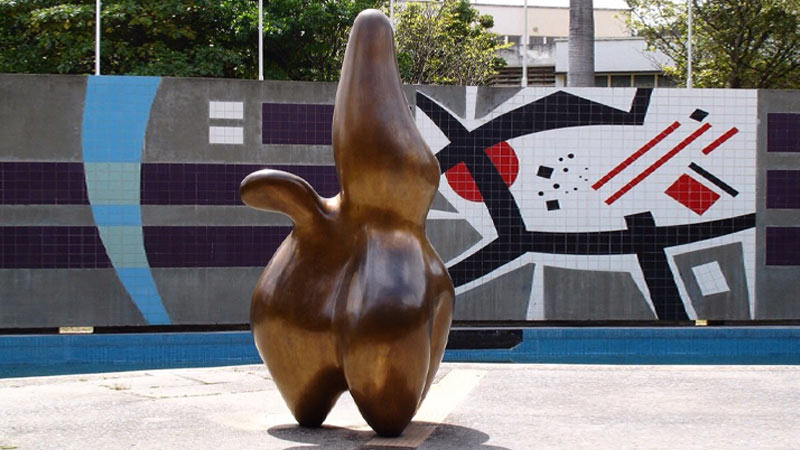
France has long been a beacon of artistic innovation, and its sculptors have played a pivotal role in shaping the world of art.
From the grandeur of classical masterpieces to the bold expressions of modernism, French sculptors have pushed boundaries and inspired generations.
Their works not only reflect the cultural evolution of France but also resonate with universal themes of beauty, emotion, and human experience.
In this article, readers will discover ten of the most famous French sculptors who have left an indelible mark on the art world.
Each artist’s unique style and contributions have shaped the landscape of sculpture, making them essential figures in both French and global art history.
Join in as we explore the lives and legacies of these remarkable creators, whose artistry continues to captivate audiences around the globe.
1. Auguste Rodin
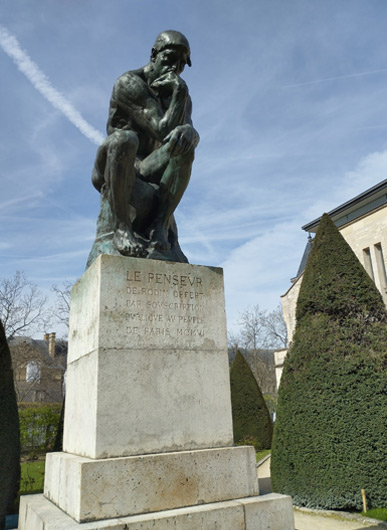
Auguste Rodin revolutionized sculpture with his expressive forms and intricate details. Known for masterpieces like “The Thinker” and “The Kiss,” he emphasized emotion over idealized beauty.
Rodin’s innovative techniques, such as using unfinished surfaces, created a sense of movement and texture. He played a vital role in bridging the gap between traditional and modern art, influencing countless artists worldwide.
His legacy remains a cornerstone in the study of sculpture and continues to inspire future generations.
2. Antoine Bourdelle
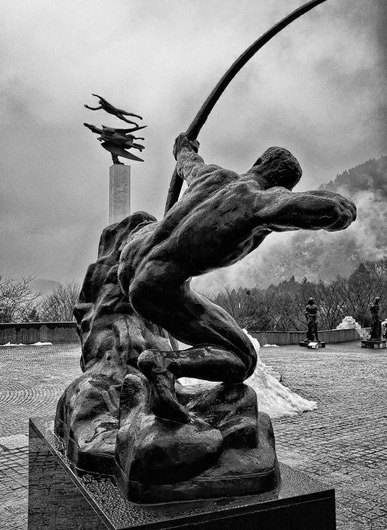
Antoine Bourdelle is celebrated for his powerful, expressive sculptures that often exhibit a sense of dynamism and emotional depth.
He studied under Auguste Rodin, which greatly influenced his style. Bourdelle’s notable works include the monumental “Hercules the Archer” and the “Monument to the Great War,” showcasing his ability to blend classical themes with modernist techniques.
His contributions significantly shaped 20th-century sculpture, marking him as a pivotal figure in the evolution of the form.
3. Jean-Antoine Houdon
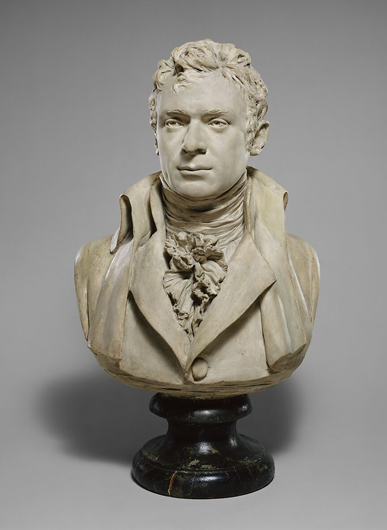
Source: www.metmuseum.org
Jean-Antoine Houdon stands out for his exceptional realism and attention to detail in sculpture. Known for his busts of influential figures like Voltaire and George Washington, Houdon’s work captures individual characteristics vividly.
Houdon mastered the technique of utilizing natural light to enhance textures, creating lifelike representations.
His focus on classical themes and philosophical ideals placed him at the forefront of 18th-century sculpture, leaving a lasting impact on future artists.
4. Edgar Degas
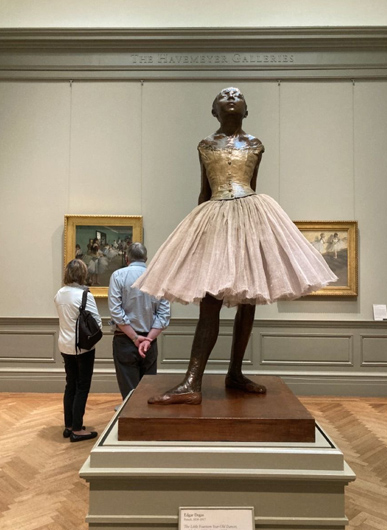
Edgar Degas, primarily known for his paintings, made significant contributions to sculpture, particularly in depicting movement.
Combining traditional techniques with innovative approaches, he sculpted forms like “The Little Dancer of Fourteen Years,” showcasing his interest in ballet.
Degas’ sculptures often reveal intricate details, emphasizing posture and emotion, reflecting his fascination with capturing the human experience. His works continue to resonate in both the art world and ballet, emphasizing the elegance of movement.
5. Louise Bourgeois
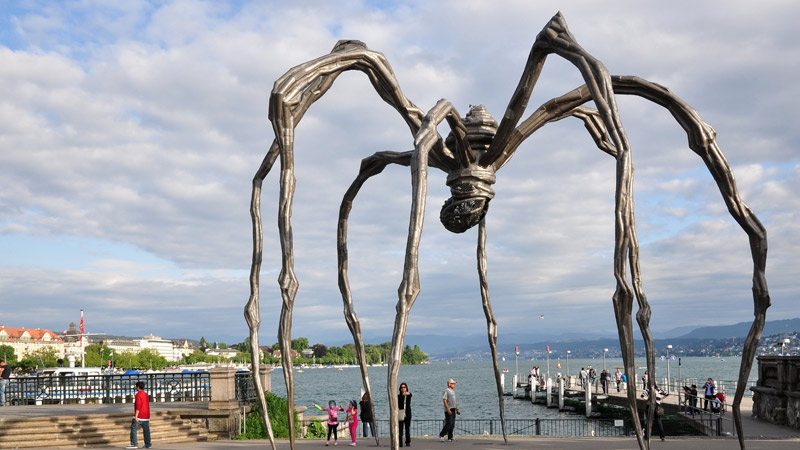
Louise Bourgeois stands out for her deeply personal and emotive sculptures. She often used materials like bronze, marble, and fabric to express themes of femininity, family, and memory.
Her iconic work, “Maman,” features a giant spider symbolizing maternal strength and protection. Bourgeois’ installations reflect her complex relationships and psychological struggles, positioning her as a pioneer in contemporary sculpture.
Her innovative approach continues to influence modern artists, earning her a lasting legacy in the art world.
6. Camille Claudel
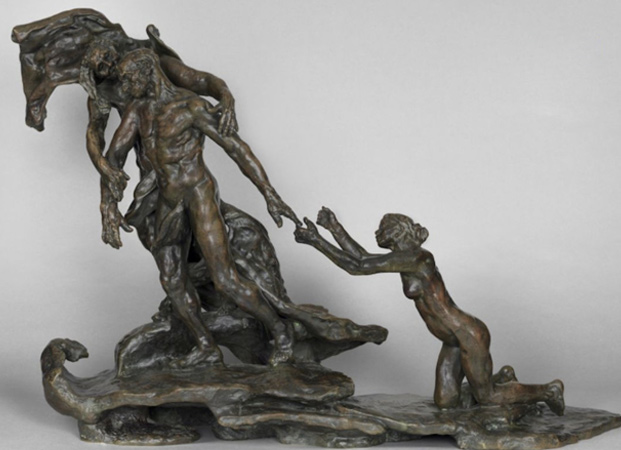
Claudel’s work exemplified passion and innovation, establishing her as a vital figure in sculpture. She was known for her emotive figures and complex themes.
Notable pieces like “The Waltz” and “The Mature Age” showcase her unique ability to capture the human experience.
Claudel’s time as Rodin’s protégé influenced her style, blending realism with emotional depth. Despite struggles with recognition and mental health, her legacy endures, influencing many contemporary artists.
7. Jean Arp

Jean Arp, a prominent figure in the surrealist movement, is celebrated for his abstract forms and innovative techniques. Arp’s sculptures often embody organic shapes, reflecting his fascination with nature and spontaneity.
Notable works like “Birds in Space” and “The Eternal Ring” showcase his ability to merge form and formlessness.
Arp’s unique approach to sculpture, characterized by soft curves and a playful sensibility, significantly influenced modern art, leaving an enduring legacy in the sculptural landscape.
8. Niki de Saint Phalle
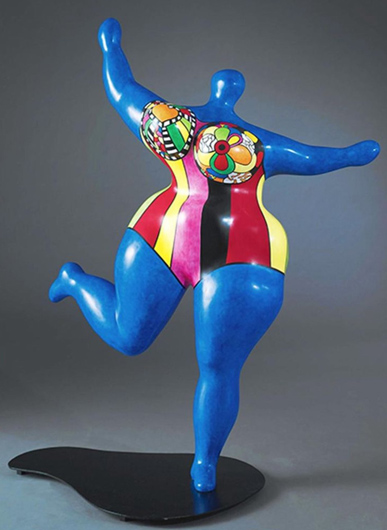
Niki de Saint Phalle is known for her vibrant, larger-than-life sculptures that celebrate femininity and self-expression. Her iconic work, the “Nanas,” showcases colorful, voluptuous figures that challenge traditional ideals of beauty.
Utilizing materials like fiberglass and mosaic tiles, Saint Phalle’s artworks invite interaction and engagement.
Her collaboration on the Tarot Garden in Italy reflects her passion for blending sculpture with immersive environments, further solidifying her legacy in contemporary art.
9. César Baldaccini
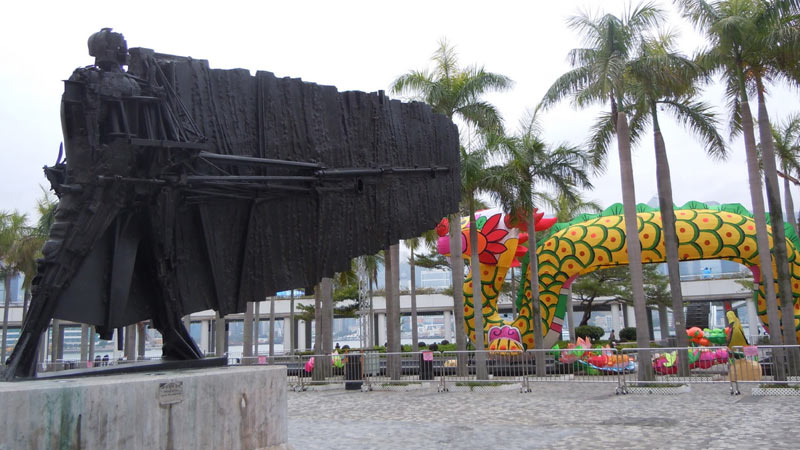
source: artatsite.com
César Baldaccini, commonly known as César, was a revolutionary French sculptor renowned for his pioneering work in the art of compression and expansion.
Known for his bold installations using scrap metal and recycled materials, César’s distinctive style transformed everyday objects into striking masterpieces.
His iconic “Compression” sculptures, like “Le Pouce,” demonstrate his commitment to repurposing materials, emphasizing environmental consciousness.
César’s influence on contemporary sculpture remains profound, inspiring artists to explore innovative approaches to form and material.
10. Jacques Lipchitz
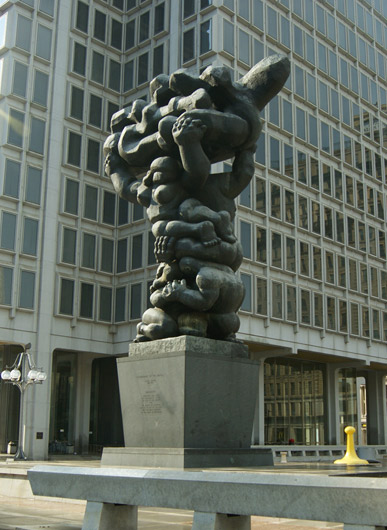
Source: associationforpublicart.org
Jacques Lipchitz is celebrated for his pioneering contributions to cubist sculpture. He fused traditional techniques with modern aesthetics to create dynamic forms.
Notable works like “The Acrobat” and “The Mother and Child” exemplify his ability to evoke movement and emotion through abstraction.
Lipchitz’s innovative approach redefined sculptural practices, making him a key figure in the evolution of 20th-century art. His legacy continues to inspire contemporary sculptors worldwide.






